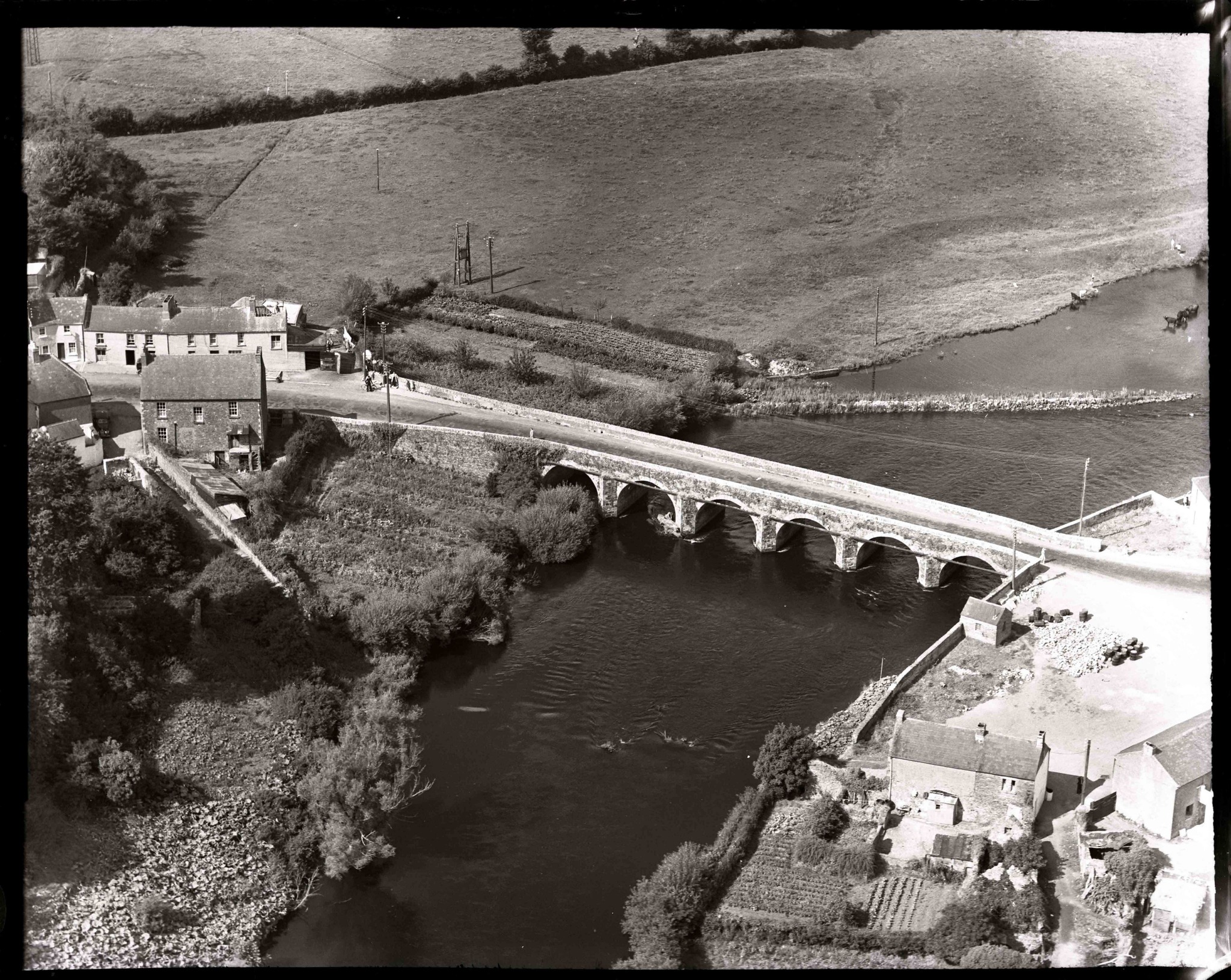 |
| Lightenoughtotravel, Public domain, via Wikimedia Commons |
More info in this Wikipedia article.
 |
| Lightenoughtotravel, Public domain, via Wikimedia Commons |
More info in this Wikipedia article.
 |
| Zaereth, CC BY-SA 4.0, via Wikimedia Commons |
Which can cause severe burns. The arc is usually hotter than the surface of the Sun and has the energy of an explosion. A conductive arc can form due to dust, faulty components or shorted terminals in an electrical panel due to a dropped tool. Another cause can be improperly placed test leads which bridge live parts. The huge surge in current through the low resistance arc can lead to catastrophic injuries and damage in the milliseconds before a protective device operates. Personnel working on electrical panels use PPE to protect themselves from the heat and intense UV of an arc flash. See this Fluke guide for more details.
Dr Karl is on sabbatical, but Bianca Nogrady joins Lucy Smith to answer listeners' questions about having different colour eyes, could we evolve to become fish people and plant cancers. We also learn about a new pump to replace the heart that runs continuously and doesn't beat like a normal heart.You can listen to the latest episode here.
 |
| Bicycle hub with traditional cup and cone bearings © Eugene Brennan. |
 |
| Schematic of a septic tank. Image courtesy Tilley, E., Ulrich, L., Lüthi, C., Reymond, Ph., Zurbrügg, C., CC BY-SA 4.0 , via Wikimedia Commons |
The smell of overflowing septic tanks is something I encounter regularly, cycling the highways and byways of Kildare. Two incidences yesterday in the Suncroft area and one close to Narraghmore Game Reserve. Maybe there are other issues that cause smell though like bad drainage or older systems that don't agitate the contents of the tank? Agitation increases the oxygen content of liquid in a septic tank, improving the rate of aerobic bacterial growth and speeding up the digestion of sewage. This recent article from the Kildare Nationalist by Finian Coghlan fills us in with the details of the inspections.
 |
| Image created using by Bing Image Creator. |
Plate
tectonics is a theory, superseding and encompassing the earlier
continental drift theory, that the Earth's continents make large scale
movements over geological time. The process is really slow, and occurs
at the same rate finger nails grow: about 0.1 mm a day. That's 36.5 mm a
year, 36.5 m per millennium and 36.5 km per million years or 3650 km in
100 million years. Ireland, or more correctly the parts that make up
Ireland, were once located south of the equator in tropical seas. (I
found a rock once in the midlands, when helping to dig a deep hole. The
rock was embedded with large fossilised cockles). Over millions of years
the parts drifted northward and merged, to make the island. The
dividing line between the northern and southern parts of the island of
Ireland runs roughly down a line between Louth and Kerry.
 |
| Public domain image via Pixabay |
 |
| Dead apricot tree. © EugeneBrennan |
 |
| Image courtesy Military Archives. |
 |
| Image courtesy Tailte Éireann (OSI) |
 |
| St Brigid's Well, Kilcullen. © Eugene Brennan |
KCA have added a nice new gravel ramp leading up to the bottom step at St. Brigid's Well which will help us older or short-legged folk negotiate the incline. The riser of the step was always quite tall. The others are a bit tall too. The gravel ramp should be safer than the existing stone one which is probably risky in the winter because of ice and algae. The steps are somewhat slippy, possibly because the hard rock has become worn and polished from traffic. In winter the situation is worse because of algae, but KCA (I presume) have regularly sanded the steps which helped and made them safe
 |
| St Brigid's Well, Kilcullen. Ramp added to reduce step height. © Eugene Brennan |
 |
| Jocelyn Bell Burnell, Kathleen Lonsdale, Mary Parsons, Kay McNulty and Mary Ward. See below for Image attributions. |
 |
| Created with Bing Image Creator. |
More info here.